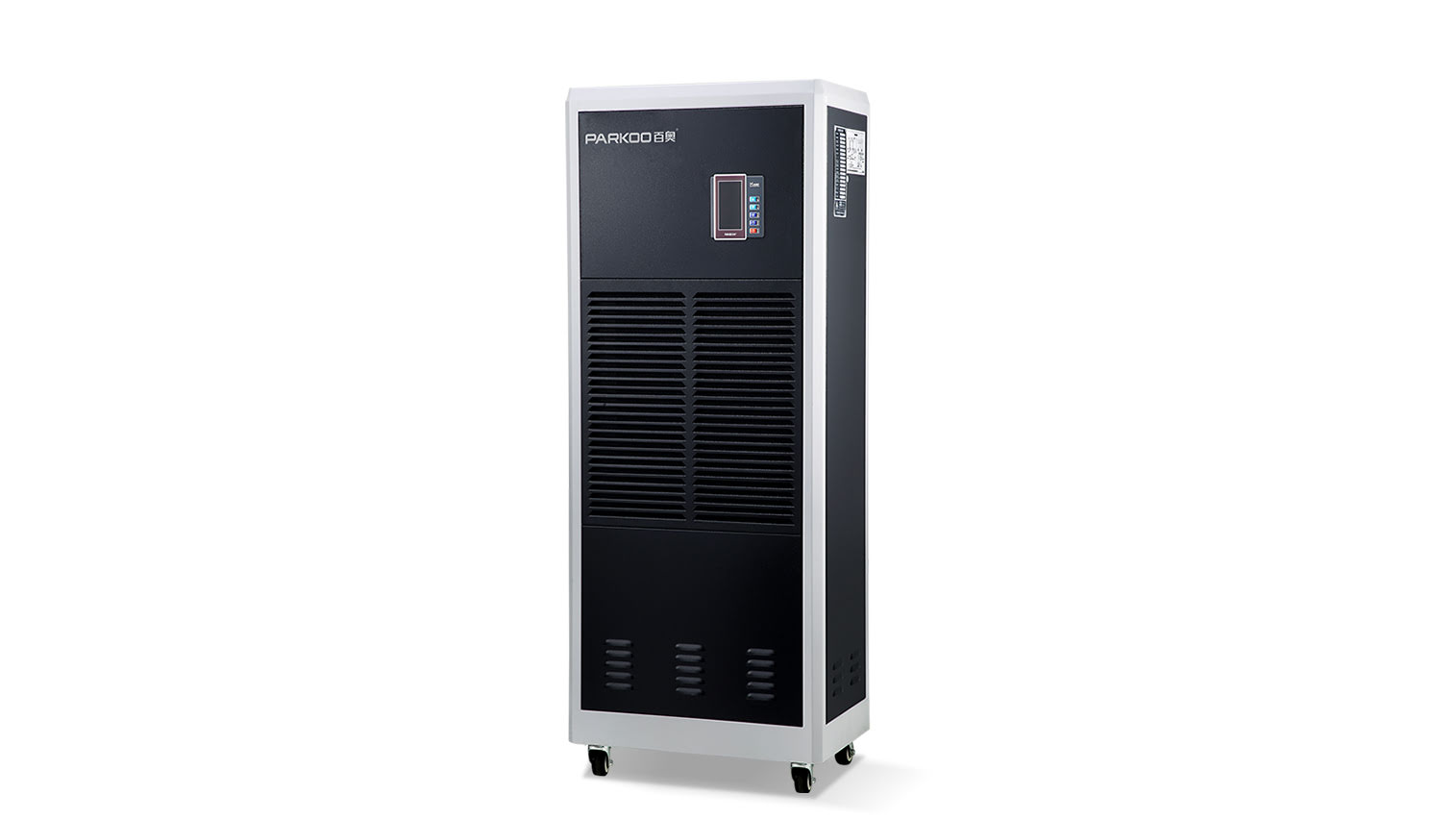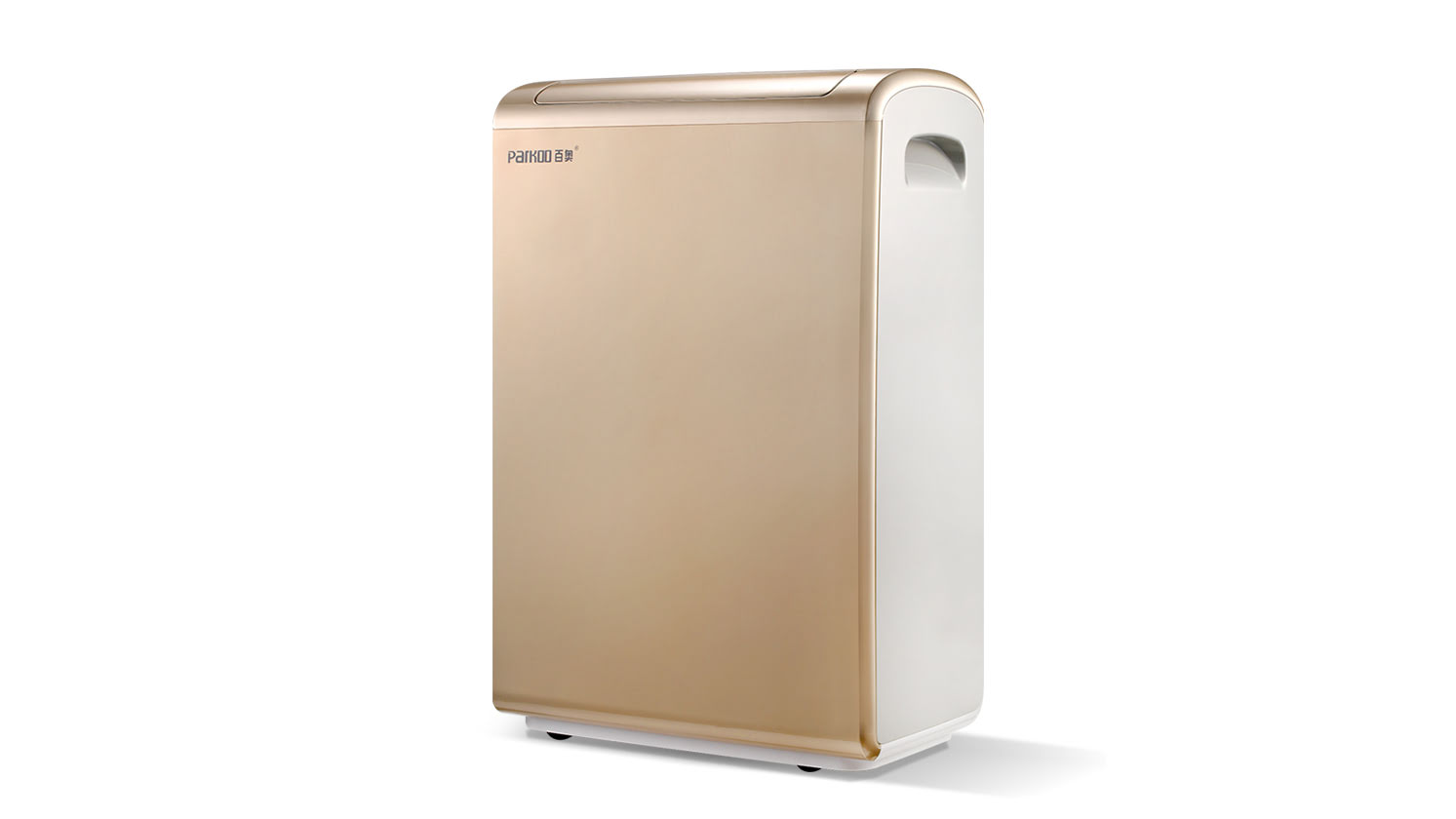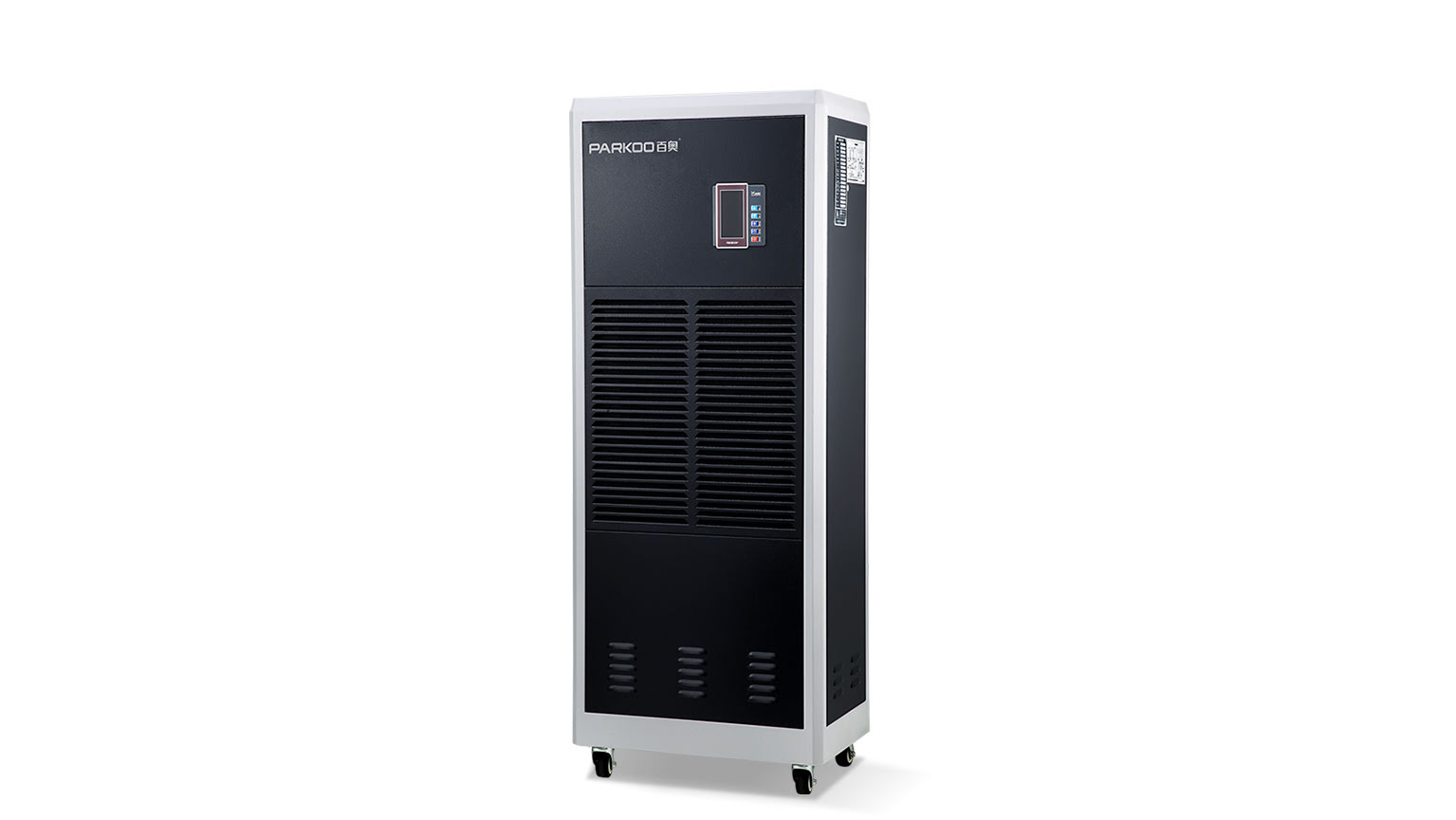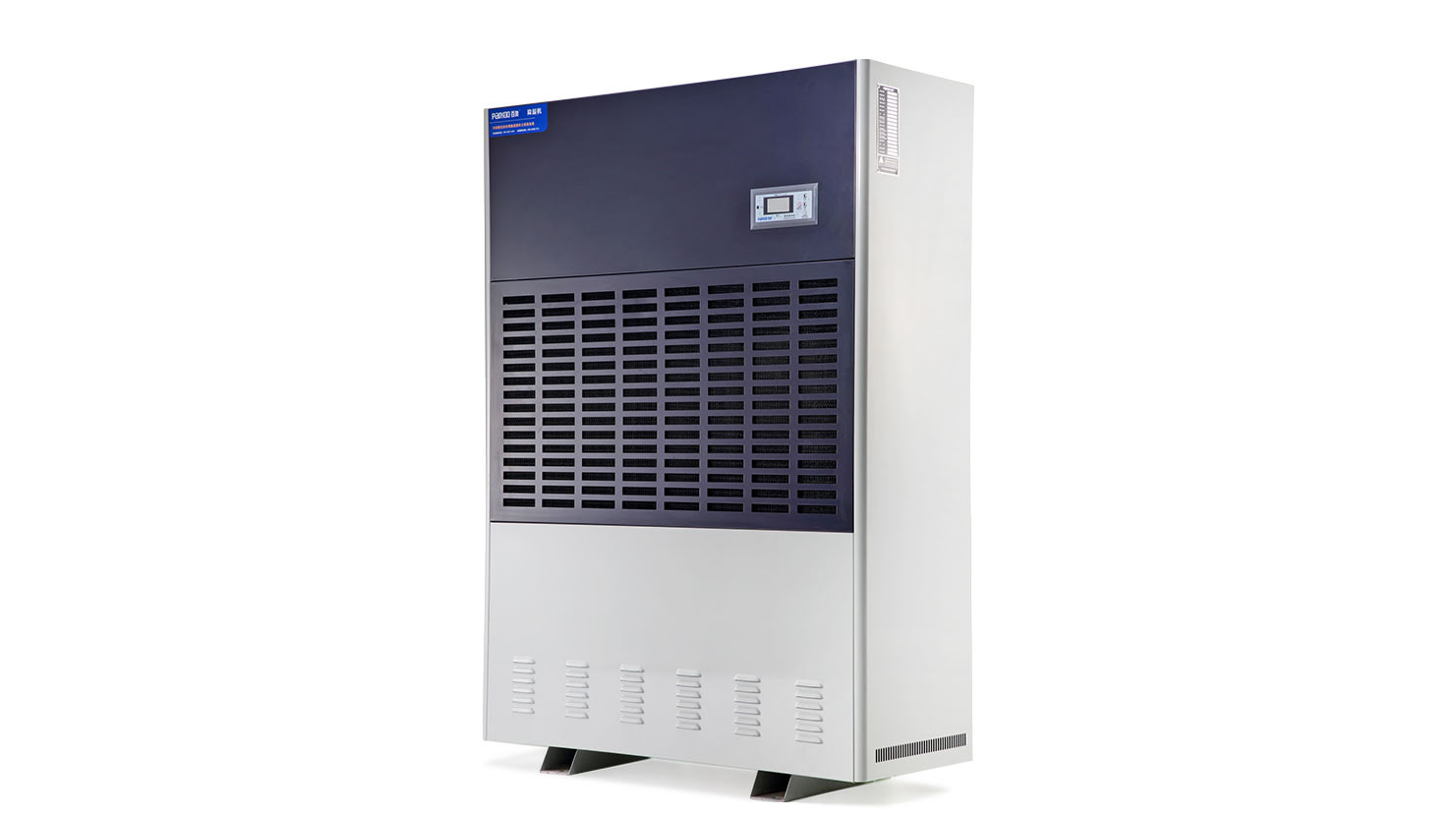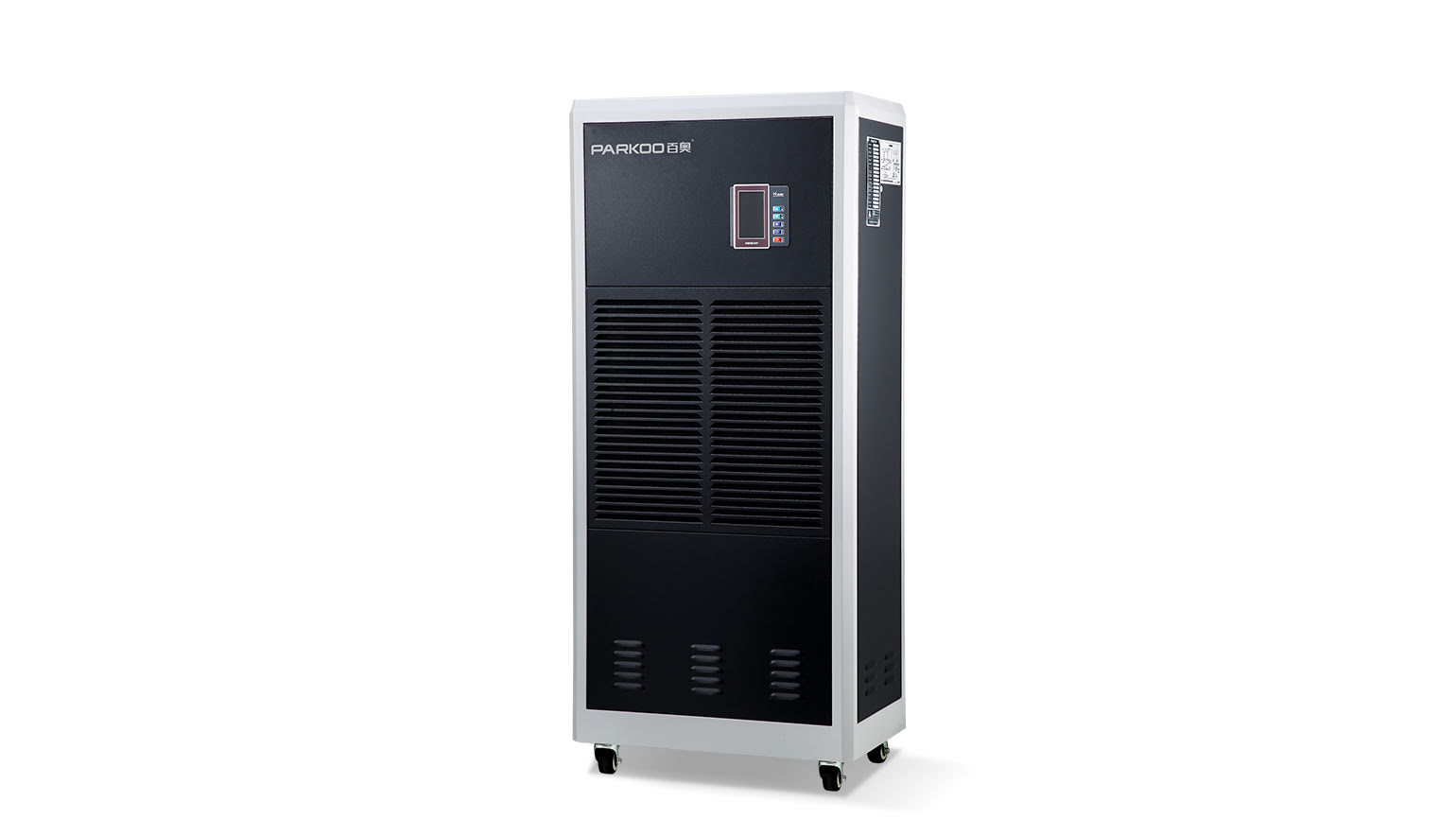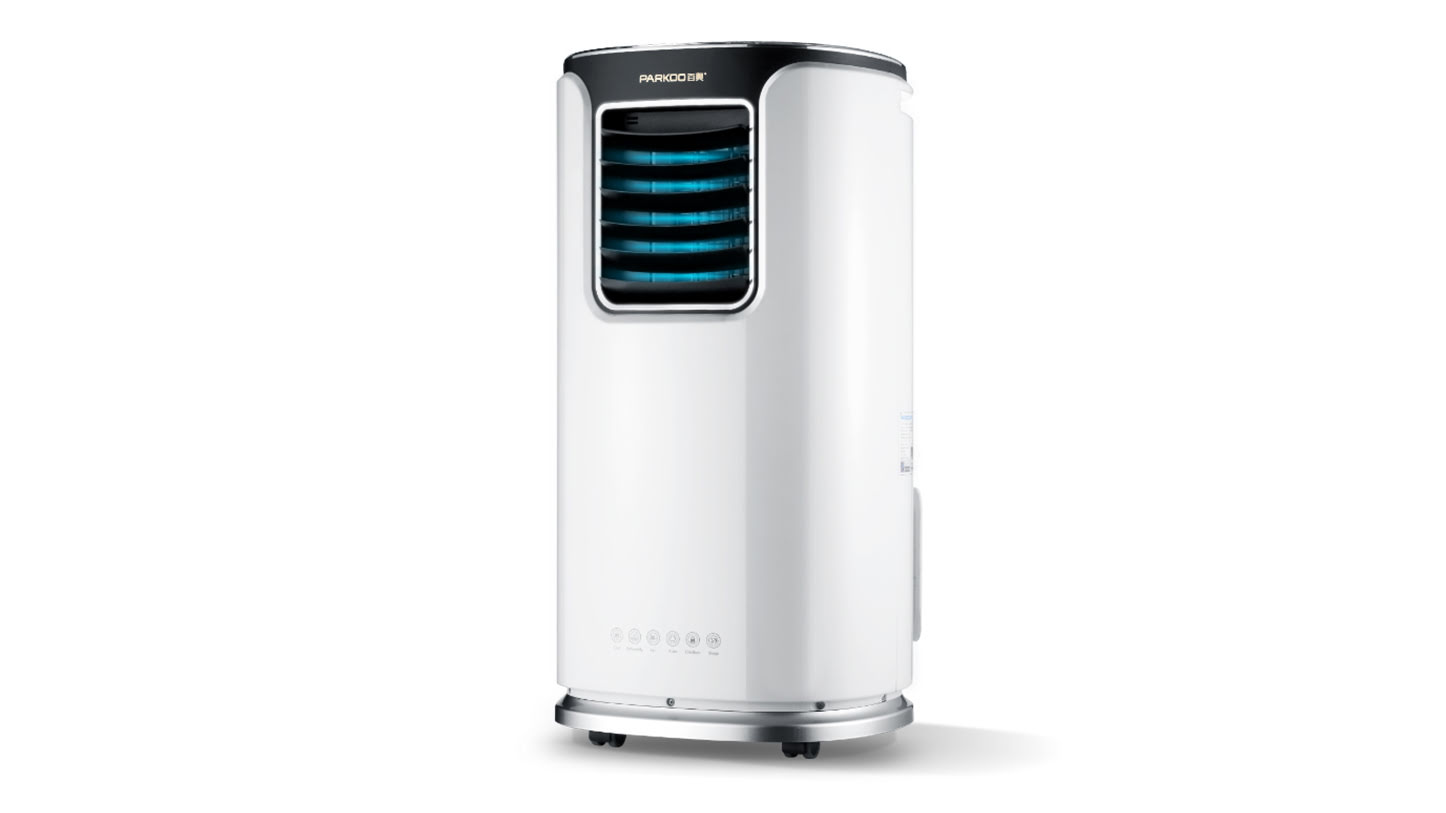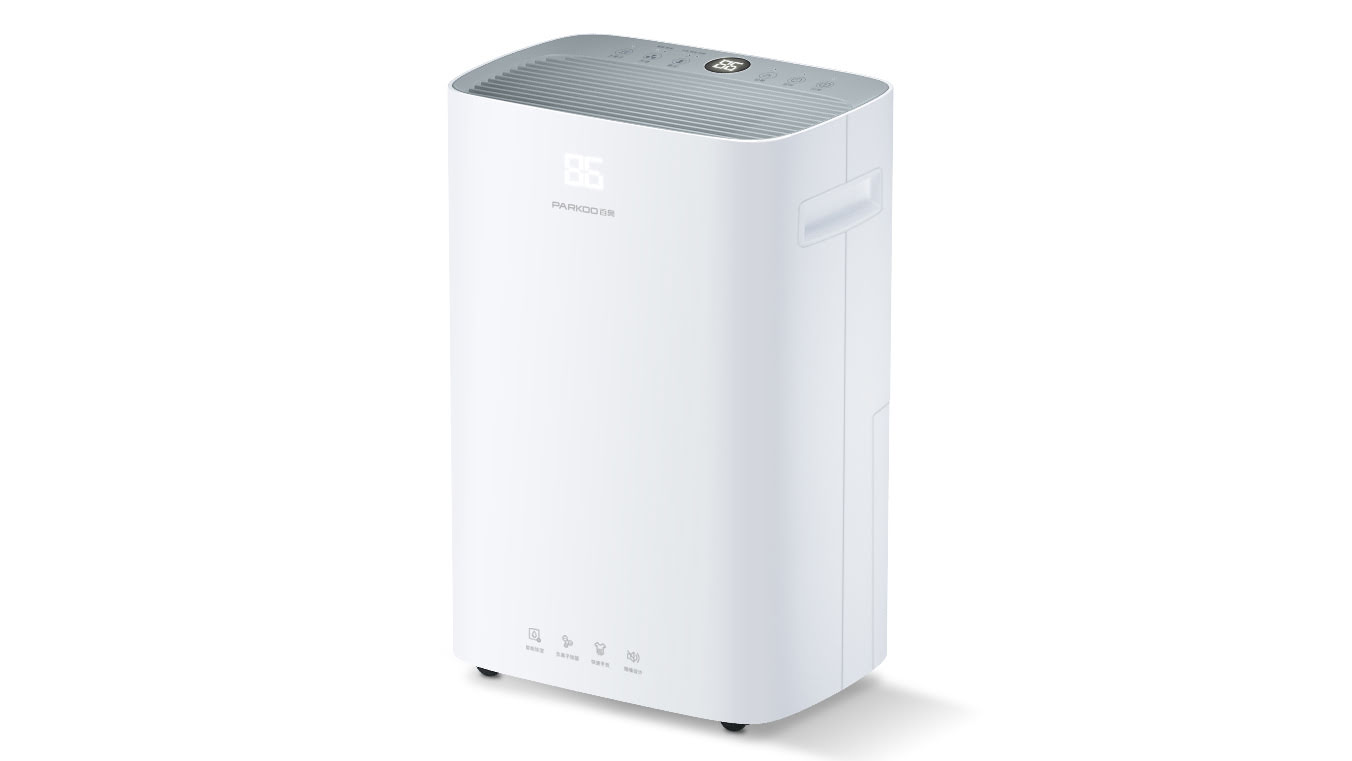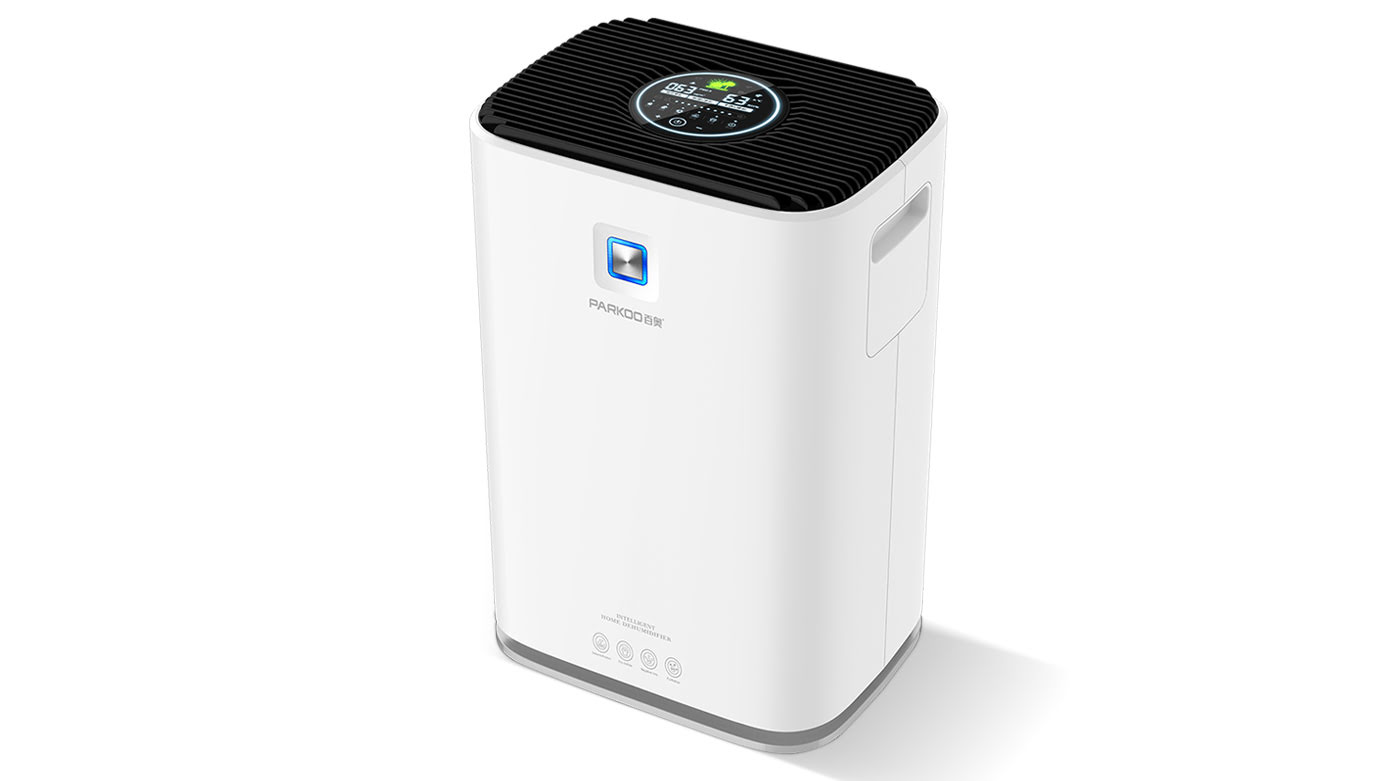When our anterior corneal tear film is dry, it will cause eye pain or burning, Blurred vision and increased susceptibility to eye infection. Due to the increased evaporation rate of tear film caused by contact lenses, contact lens wearers are particularly susceptible to dry eyes For office workers using computers, this can bring extra pressure to their eyes, and a dry atmosphere with a relative humidity below 40% can lead to excessive discomfort and irritation. This may affect Productivity and have an impact on employee health. In the UK, the Health and safety Executive Committee's 2002 'Health and safety regulations for display devices' stated that' humidity should be Maintained at a level that Prevents discomfort and problems with eye soreness'
A - The largest layer of the tear film is the water layer discharged from the lacrimal gland
B-The outer lipid layer is slightly oily, which is discharged from the Meibomian gland to lubricate eyelid movement and inhibit water layer evaporation
C - The innermost mucus layer discharged from the conjunctival gobLet cell, which fixes the tear film on the eye and distributes evenly
"By reviewing literature, we re evaluated how low relative humidity (RH) affects immediately perceived indoor air Quality (IAQ), including odor, and causes irritating symptoms (i.e. long-term perceived IAQ) The author conducted a literature study in the main medical database, which included the term "relative humidity" and various terms such as air quality, cabin air, dry eye, formaldehyde, inflammation, mucosa, Office, ozone, irritant, sensory stimulation, particles, anterior tear film, pathological building syndrome, stuffy air, and VOCs. Important note: "virus infected airways" and "buildings and materials damaged by moisture" are exclusion criteria and have not been selected The immediate and long-term perceived IAQ Effects of RH on VOC, ozone, and particles are complex, as the thermoDynamic conditions and emission characteristics of building materials are affected
Conclusion
"Most effects of humidity are vague", which is the core statement of the author, Expressed as "DicHotomy" in the title of the Publication Epidemiological, clinical, and human exposure studies have shown that low RH plays a major role in increasing the frequency of reported eye irritation symptoms by altering the anterior tear film of the cornea. research has shown that for the eyes and upper respiratory tract, about 40% RH is better for levels below 30%. The optimal RH for dry mucosa, eyes, and respiratory tract may vary
Quote: "Suggest" IAQ should be dry and cool "... Careful consideration should be given to the development of eye and upper respiratory irritation symptoms on weekDays. Research has shown that approximately 40% of RH has an impact on the eyes and upper respiratory tract at levels lower than 30%.
